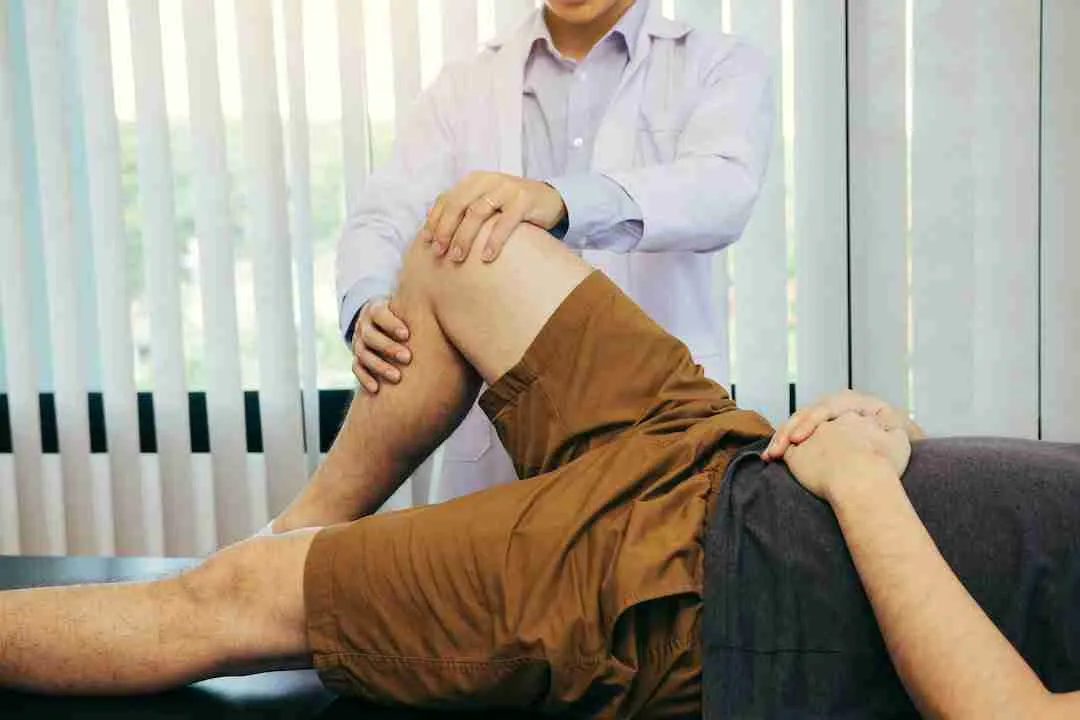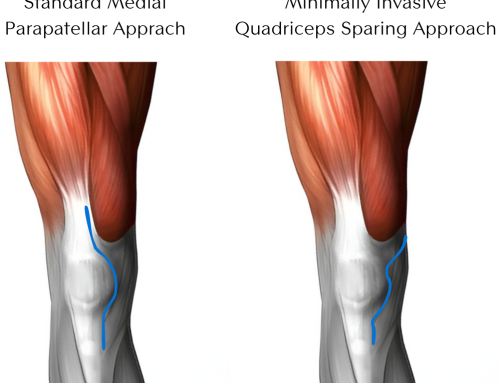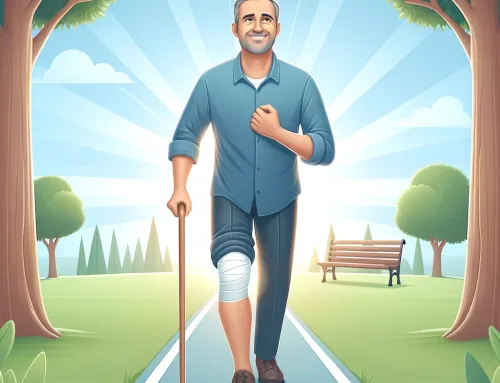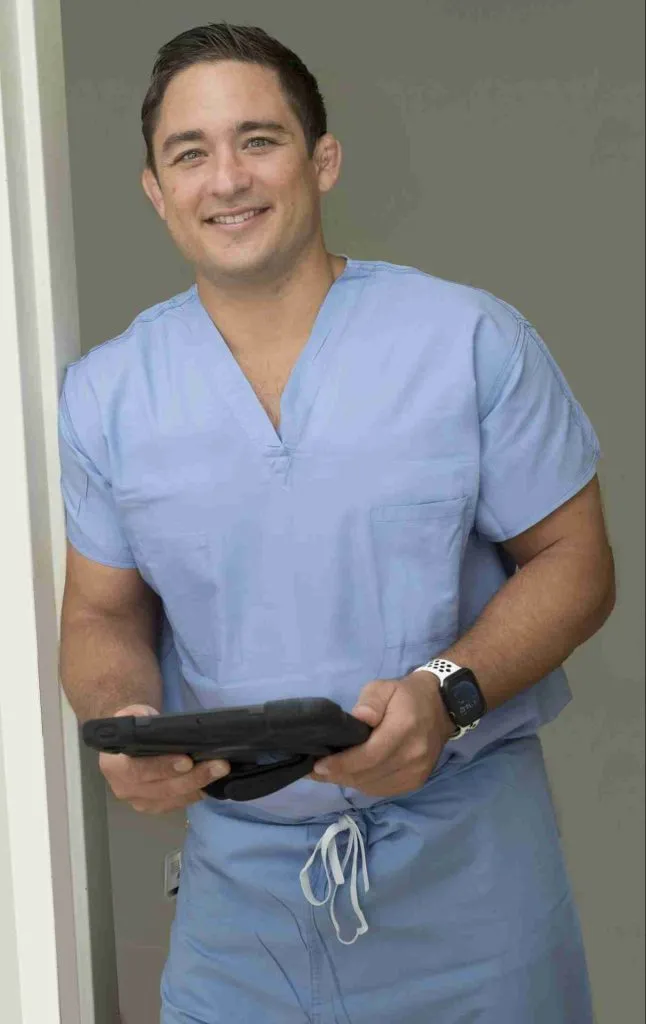Partial Knee Replacement: Causes of Persistent Pain and Reasons for Revision
If you are experiencing pain after a partial knee replacement, it is essential to determine the cause of that pain. There can be many reasons for discomfort after surgery; some may require revision knee replacement surgery to correct. This blog post will discuss the most common causes of pain following partial knee replacement surgery and what you can do if you are experiencing problems.
A partial knee replacement is a type of joint replacement surgery where only a portion of the knee is replaced with metal and plastic. The most common reason for this type of surgery is to relieve pain from arthritis. Arthritis is a condition that causes the cartilage in your joints to break down, which can lead to pain, stiffness, and swelling. Although partial knee replacement surgery can effectively relieve these symptoms, some patients may still experience pain after the surgery.
Complete recovery following a partial knee replacement can take up to a year after surgery. Not every patient recovers at the same rate. While most patients achieve 80% of their recovery within 2 – 3 months, some patients may take several months longer than expected to recover. Appropriate pain medication with multimodal pain management, ice, and physical therapy are the keys to successful recovery.
Worsening or persistent pain after surgery that is not improving may be signs that your partial knee replacement has failed. There are many reasons why partial knee replacement surgery may fail. Some of the most common causes include:
Poor Indications for Partial Knee Replacement:
In some cases, partial knee replacement surgery is not the best treatment option for a patient. This can be due to factors such as advanced arthritis, ACL tear, severe deformity, significant flexion contracture, or inflammatory arthritis.
Advanced Arthritis at the Time of Initial Surgery
Patients with arthritis in multiple compartments may be unsuitable for knee replacements. This may lead to rapid deterioration of the partial knee replacement. Some patients will notice that they never seemed to have much improvement from their partial knee replacements. Similarly, patients with inflammatory arthritis, such as rheumatoid arthritis, have disease in all of the compartments of their knees.
Ligament Instability
The ligaments around the knee are crucial to the stability of the knee. An injury to one of the ligaments, especially the Anterior Cruciate Ligament (ACL), is generally considered a reason not to have a partial knee replacement. An unstable knee in a partial knee replacement setting may lead to persistent feelings of instability or pain.
Deformity
Partial knee replacements are not designed to correct knee deformity. Patients with a severe deformity or significant flexion contracture who undergo partial knee replacement will not see the resolution of problems stemming from their deformity. This may lead to decreased satisfaction with a partial knee replacement.
Infection
An infected partial knee replacement can present with pain. You may notice the pain developing after recovery that doesn’t seem to improve. Laboratory tests and aspiration with a needle are usually required to confirm the diagnosis.
Implant misalignment
Placing the partial knee replacement in the wrong position can lead to edge loading of the plastic component of the knee replacement and early failure. Placing the components too tightly can lead to the progression of arthritis. Placing the components with too much laxity can lead to knee instability. It is essential to have a surgeon with experience placing partial knee replacements to lower the chance of failure.
Loose implants
Loose knee replacements are a common cause of revision surgery after partial knee replacement. As the components wear out, the components can begin to toggle. It is the motion of these implants within the bone that cause pain. Failed implants require revision to total knee replacements to improve pain.
Progression of arthritis
Sometimes patients develop arthritis in other parts of the knee. While many partial knee replacements can last a lifetime, patients may continue to wear out the other compartments in their knee with regular wear and tear. As this happens, many patients will notice pain in areas of their knee where they didn’t feel it before.
Fracture
Fractures around a partial knee replacement can occur when the cuts made for the implants are too deep into the bone. This is more likely to occur in smaller patients as there is less bone to work with. Often when this happens, revision to total knee replacement is required early in the recovery.
Conclusion
If you are experiencing persistent pain after partial knee replacement, it is crucial to seek medical attention. There are many potential causes of your pain; only a trained medical professional can properly diagnose and treat your condition. In some cases, revision knee replacement surgery may be required to improve symptoms. Be sure to discuss your treatment options with your doctor to make the best decision for your situation.
Don’t hesitate to contact our office if you have any questions or want to learn more about partial knee replacement. We would be happy to help you schedule a consultation with Dr. Morton.





